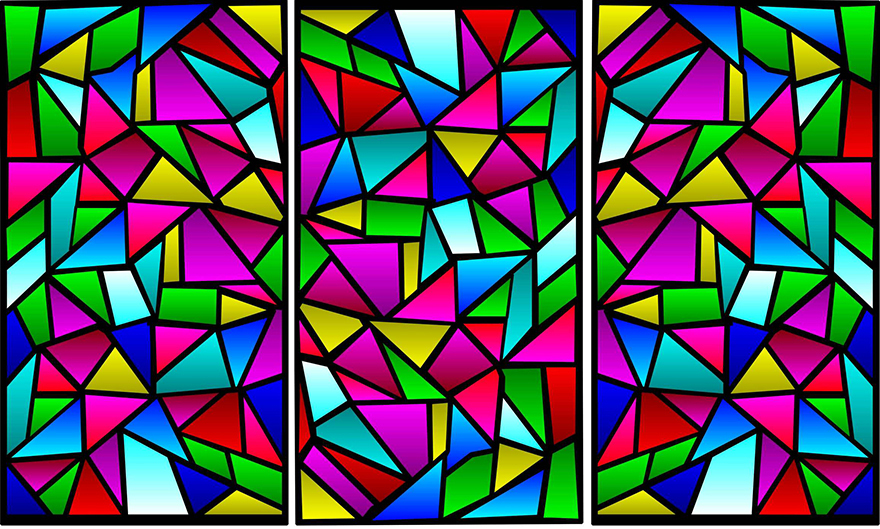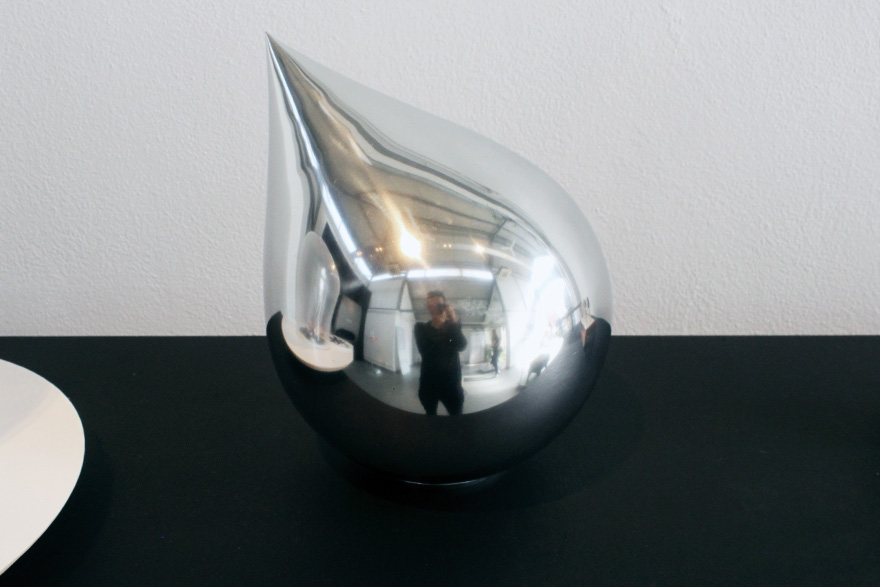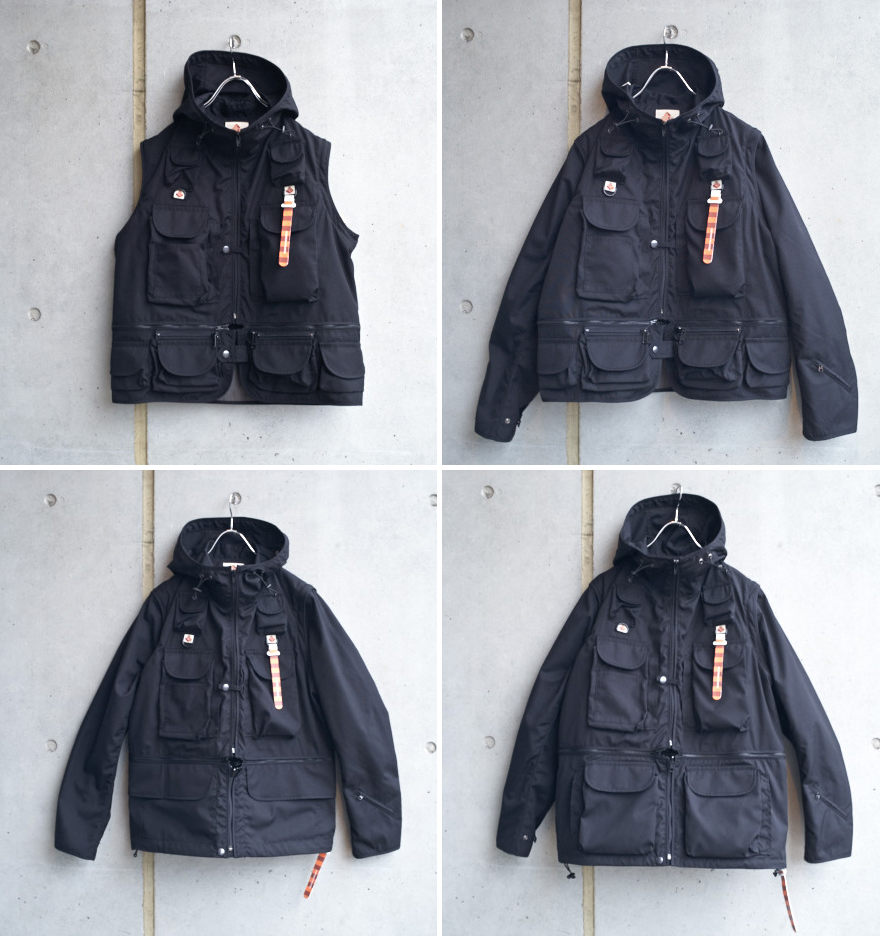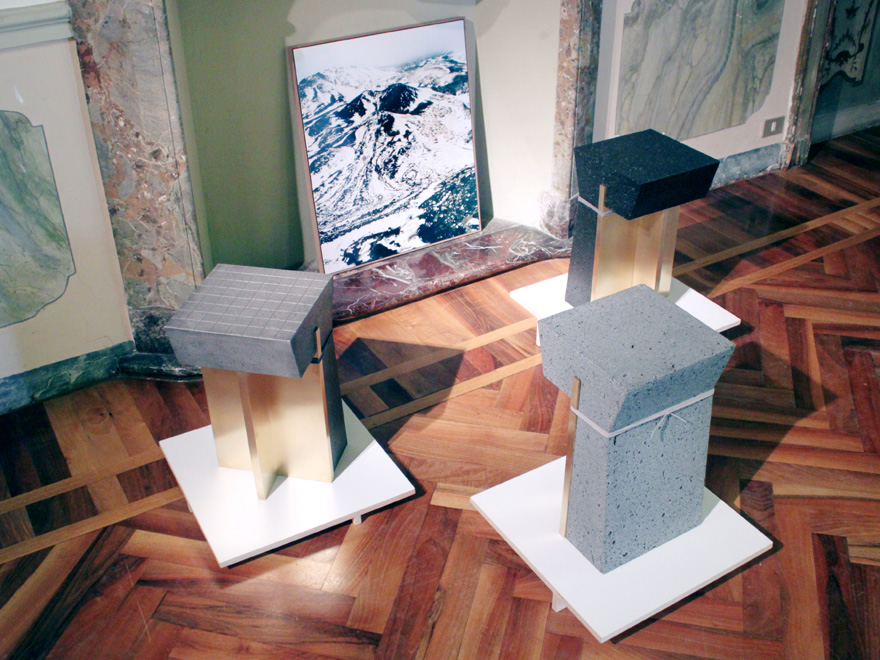![PSFKConference-Lead2.jpg]() All photos by Catalina Kulczar-Marin
All photos by Catalina Kulczar-Marin
Like with any other conference aimed at sparking innovation and creativity, you're going to leave the event with too much information to process. (Moan and groan about buzzwords all you want, but at the end of the day "inspired" is the only way to describe it.) Which, of course, were my feelings concerning PSFK 2014, a one-day conference titled "Connecting the Unexpected." On April 11, the staff of PSFK hosted an auditorium full of marketers, designers, entrepreneurs and other creative types at the Museum of Jewish Heritage in New York. For the sake of Internet brevity and my own sanity, I'll break up a few of my favorite take-aways in accordance with the three speaker categories: Keynote, Spotlight and Refresh. I hope that you might find some of it—yup—inspiring.
Keynote
![PSFKConference-Kushner.jpg]() Marc Kushner of Architizer
Marc Kushner of Architizer
The day got off to a great start. The first presenter—and possibly the most interesting to me—was Marc Kushner, CEO and co-founder of Architizer. While his message was strong on its own, it might have been the easy delivery and candid approach he took to presenting it. Nothing seemed over-rehearsed and instead of cramming a career's worth of work into 20 minutes (speakers were allotted 10- and 20-minute presentation times), he walked us all through one design his firm HWKN took on: "Wendy," the 2012 winner of the MoMA PS1 Young Architects Program. He addressed the topic of creating things with personality and pushed his message even further through presenting the thought process behind one of his own successful designs. (His words: "They tweeted at her. They added her on Facebook.")
By taking us through the design process by means of various sketches and photographs of the finished product, Kushner successfully (at least in my instance) reminded us all that architecture is an interactive part of society. My favorite words from the entire event came from Kushner: "Math is intimidating. Architecture shouldn't be intimidating."
![PSFKConference-KeynoteComp3.jpg]() Left to right: Keith Yamashita, founder of SYPartners; Kevin Alloca, trend tracker at YouTube; and Björn Jeffrey, founder of Toca Boca
Left to right: Keith Yamashita, founder of SYPartners; Kevin Alloca, trend tracker at YouTube; and Björn Jeffrey, founder of Toca Boca
Keith Yamashita also served up a noteworthy performance and controlled his presentation (which you can view here) from his phone, which was pretty nifty. His focus was the importance of teamwork in discovering with a successful solution—design-specific or not—and took us through a few steps, or lessons: "Start from a pure place—with equal parts empathy and aspiration," "never delegate understanding," "virtually all acts of greatness are the work of an ensemble" and "greatness is a choice," to name a few.
Brooklyn Boulders's "Cultural Chameleon" Jesse Levin shared his stories of volunteering in disaster areas and drew similarities with the atmosphere and team he has built in Brooklyn. Hiring music acts and housing graffiti artists in exchange for wall decorations are only a few things he has utilized to create a collaborative space—not to mention he's created a co-working space inside of the Brooklyn Boulders gym, complete with standing desks and pull-up bars (no joke). While he wasn't speaking about design per se, the notion that taking creative leaps keeps ideas fresh applies to any domain.
(more...)![]()





 Chocolate sponge cake is perhaps the ultimate comfort food
Chocolate sponge cake is perhaps the ultimate comfort food "Welna & Powietrze" armchair by
"Welna & Powietrze" armchair by  Hard candy is intended to symbolize cast aluminum, while its lemon tea flavor conjures the contrast of heat on a cold winter day
Hard candy is intended to symbolize cast aluminum, while its lemon tea flavor conjures the contrast of heat on a cold winter day "Pillou" radiator by
"Pillou" radiator by  Red wine jelly offers a twist on a drink for a solemn occasion
Red wine jelly offers a twist on a drink for a solemn occasion "Tear Drop" by
"Tear Drop" by  All photos by
All photos by  Marc Kushner of Architizer
Marc Kushner of Architizer Left to right:
Left to right: 













 More on New Duivendrecht below
More on New Duivendrecht below




























